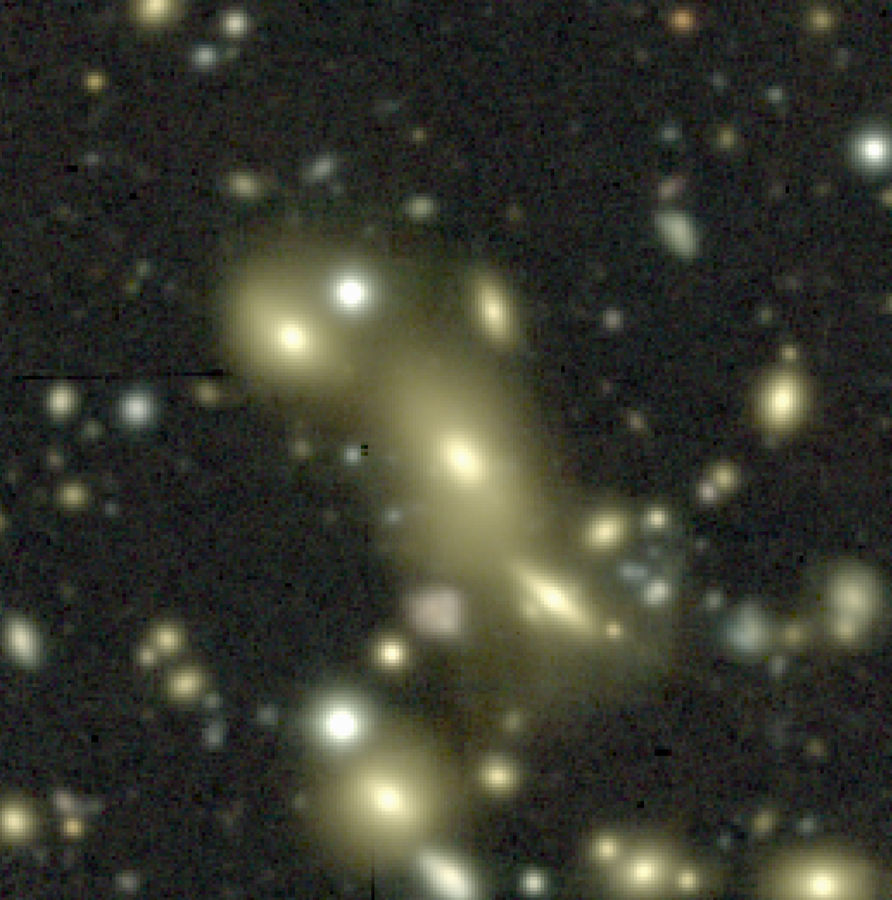
Assessing the Radio Properties of MAGPI Central Galaxies with the EMU Survey
This project aims to determine what source is dominating in massive galaxies 4 Gyrs ago using MAGPI (MUSE), EMU (ASKAP) surveys and eROSITA public data.
Research themes
Project status
Content navigation
About
Radio continuum in galaxies, probing non-thermal synchrotron emission, can result from relativistic magnetised plasma jets from radio-loud active galactic nuclei (AGN) or cosmic ray electrons accelerated by supernova explosions. The former will influence the inter-group or inter-cluster medium of galaxy environments while the later provides a proxy of star formation including both obscured and unobscured sites of star-formation.
This project aims to determine what source is dominating in massive galaxies 4 Gyrs ago using Australian-led large observational programs. The data for this project includes MUSE/VLT data from the MAGPI survey, ASKAP data from the EMU survey, and x-ray data from the eROSITA satellite mission.
To distinguish between AGN and star-formation driven radio continuum emission the total radio luminosity is typically used. It is expected that the radio luminosity is to be much higher for AGN than for star formation. X-ray and optical tracers of host galaxy properties (e.g. ionisation state) help to distinguish between the source of radio emission.
Exploring the role of radio-loud AGN in MAGPI environments will provide important constraints on quenching pathways for galaxies over cosmic time which lead to galaxy transformations.
In this project the student would:
- Search for radio continuum and x-ray detections from public EMU (ASKAP) and eROSITA data at the position of MAGPI galaxies.
- Extract radio luminosities and x-ray luminosities for detected MAGPI galaxies.
- Determine the relative contribution of the active black hole and star formation.
- Calculate the star formation rates for MAGPI central galaxies dominated by star-formation.
The student taking on this project is expected to familiarise themselves with the basic principles of source extraction, emission-line spectroscopy, and acquire the skills to successfully analyse data. They will be required to learn the basics of environmental effects in galaxy evolution.
This project will be in collaboration with researchers at UWA as well as the MAGPI and EMU teams.

Image: An example MUSE field of a galaxy group at z=0.3 from the MAGPI survey.


